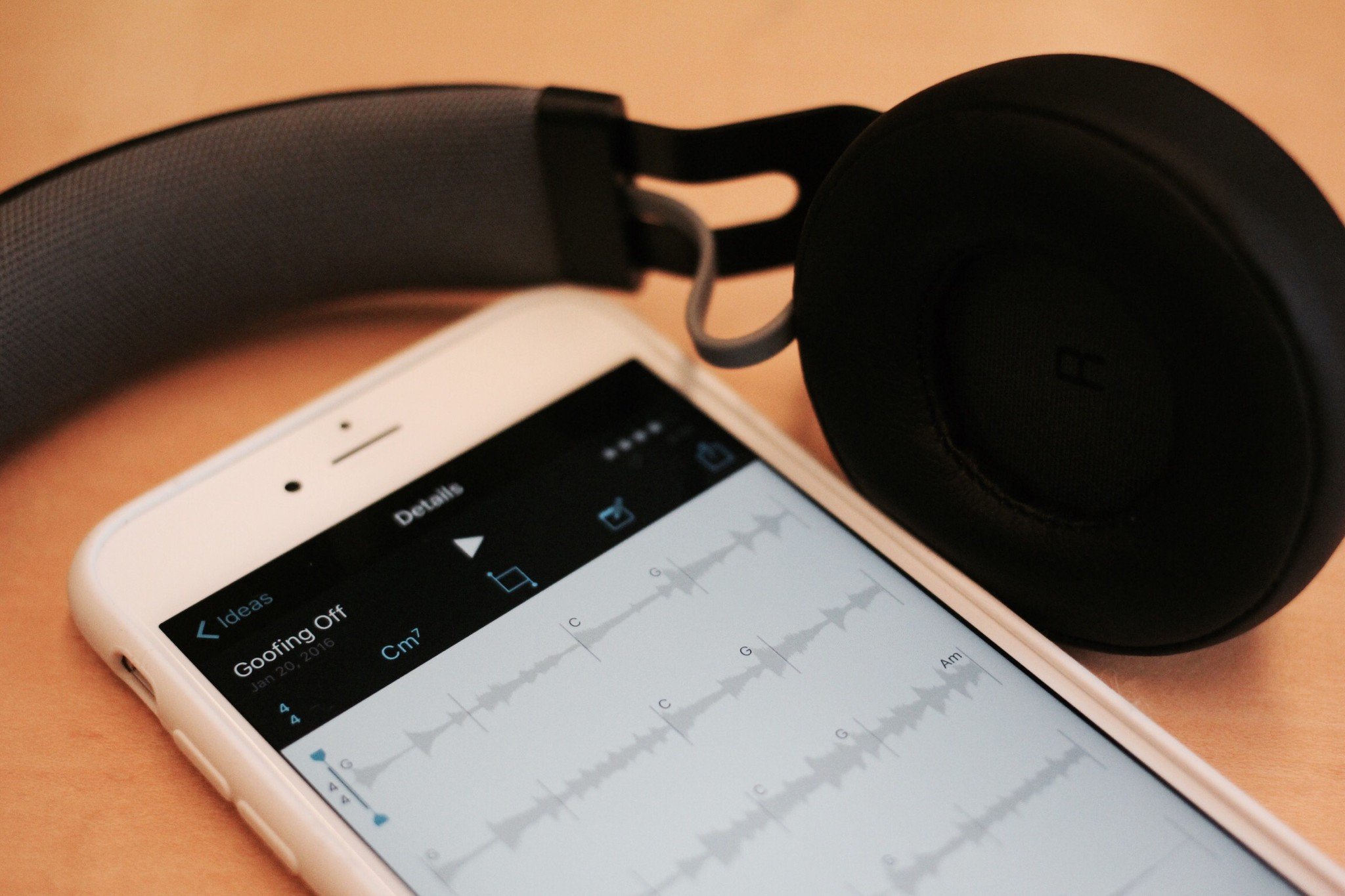Bring on our inevitable Apple wireless headphone future

We've heard our fair share of rumors over Apple's supposedly dropping the headphone jack in the next iPhone. And as much hollering as we've heard over the potential change, it makes sense: Taking out the headphone port frees up internal space, and audio over a port like Lightning could give audiophiles a much nicer sound than the 3.5mm jack can currently provide.
It appears Apple's not the only company leaning in this direction; on Tuesday, Anandtech reported on Intel's proposal during a developer conference in China to use USB-C for audio, and Android phone maker LeEco unveiled in China a trio of Android phones with USB-C and now headphone jack. Proposals are far from actual shipping products, but I'll take anything that gets us closer to wireless accessories.
Our great wireless future
I've been using Bluetooth headphones for about a year now, after I finally took the advice of the Wirecutter's Dan Frakes and picked up a pair of Jabra Move headphones. Once I picked them up, it only took a month of active use to make me want wireless headphones for all my audio-related tasks.
Now, as headphones go, they're nothing fancy: You won't find Bose or Sennheiser-level audio quality here, and there's no noise cancelling to be found. But they're just about the nicest sub-$100 Bluetooth headphones I've ever used.
They're comfy and adjustable, and don't squish your head or cause headaches like many other over-the-ear models. The Bluetooth connection is quick and reliable, I've yet to run into any significant video/audio lag. And the battery lasts a serviceable 8 hours straight; I can regularly get around two weeks' use from my coffee-shop-and-travel outings before having to charge. And if I run out of battery, all I need to do is plug a 3.5mm cord into the headphones and my computer to turn it into an unpowered wired headset.
The freedom that comes from wireless headphones is liberating. You can get up and pace around a room or refill your iced tea without having to disconnect cords or remove headphones. They take less packing space, and you don't have to worry about accidentally bending cords. When traveling light, you can store them around your neck without accidentally choking yourself on wires.
That said, while I very much enjoy wireless audio, it has quite a few problems to perfect before audio enthusiasts can jump on-board. For one, Bluetooth — while better than ever in version 4.0 — still has major latency issues; those aren't great if you're trying to watch video or edit podcasts. The audio protocol also has some trouble maintaining the fidelity and sound of a track: I don't mind the trade-offs when working portably, but audio engineers and finicky listeners likely feel quite a bit differently.
Master your iPhone in minutes
iMore offers spot-on advice and guidance from our team of experts, with decades of Apple device experience to lean on. Learn more with iMore!
And there's the battery issue: Bluetooth headphones are power-hogs, with built-in batteries that rarely exceed the 8-12 hour range. While your headphones will likely make it through a day of heavy use, draining that pack means one more thing to charge at night, and with a different connector (there a Lightning connector headphones, but as of yet no Bluetooth headphones that charge off Lightning).
Charging forward
While I hope Apple is secretly working on a standard inside the Beats business that blows Bluetooth's audio quality out of the water, I'm a little skeptical we'll see it anytime soon. More likely, it's an opening for the company to find a middle ground.
For this, I look toward Apple's Magic Keyboard 2 and Trackpad 2, which both use Bluetooth: When either accessory gets low, you have the option to plug them in via Lightning, where they'll quick-charge; while they refill their batteries, however, you can also continue to use them for your tasks. (Sadly, the Magic Mouse does not have this as an option, as its Lighting Port is on the bottom of the accessory.)
Taking this lesson to heart: Imagine a pair of wireless Apple/Beats headphones that let you go wireless when you needed, but connected via Lightning (or USB-C) for any audio-critical tasks — and quick-charged your headphones while doing so. To me, this sounds like a wonderful compromise on the way to building the perfect wireless accessory — and one fewer cord to bring when traveling.
Of course, this won't work if Apple doesn't launch with a good set of headphones, or great MFi partners. But, with luck, that's partially what the company's Beats acquisition was designed to help do.
What do you think, iMore? Would you buy a pair of wireless Lightning or USB-C headphones? Let us know below.
Serenity was formerly the Managing Editor at iMore, and now works for Apple. She's been talking, writing about, and tinkering with Apple products since she was old enough to double-click. In her spare time, she sketches, sings, and in her secret superhero life, plays roller derby. Follow her on Twitter @settern.

